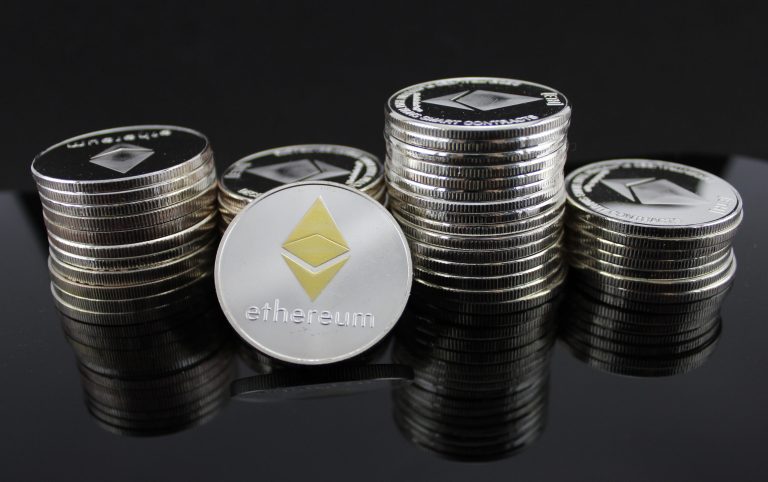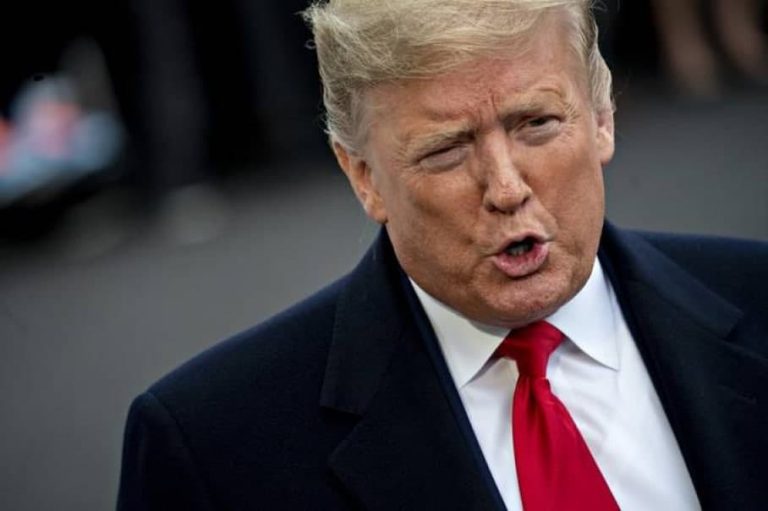The city of Istanbul is offering free public transport to unemployed residents registered with local employment centers, benefiting nearly 237,893 individuals in the initial phase.
Each eligible job seeker will receive 96 free rides over three months, covering up to four trips daily.
This new policy, set to launch by October, is a response to the surging costs of public transport, which have seen a fivefold increase in the past five years due to Turkey’s economic instability and inflationary pressures.
For job seekers in Istanbul, one of the world’s largest urban centers, these rising transit costs have created significant obstacles to securing employment.
Soaring transit costs impact job seekers’ mobility
Since 2018, Istanbul’s single-ride fare has spiked as Turkey’s economic volatility has driven inflation and periodic currency crises, making daily commute costs unbearable for many.
With an official unemployment rate of 8.8% in Turkey—and a broader, seasonally adjusted rate of 27.2% factoring underemployed workers—this initiative could ease one of the primary challenges facing job seekers in Istanbul: affordable access to job markets.
The program targets registered job seekers from regional employment centers and will use digital QR codes for fare redemption, minimizing misuse while streamlining access.
Similar transport subsidies have been trialed globally, yielding varied results.
Research highlights positive correlations between accessible transit and improved employment opportunities, yet results remain mixed.
A 2014 study from Washington, DC, revealed a 19% increase in job interview attendance among job seekers who received transportation subsidies.
Conversely, a 2016 Seattle study found increased transit usage without notable employment gains.
While many programs aim to connect job seekers to employment opportunities, they also encounter obstacles such as limited transit reach and varied job market dynamics.
Global cities pursue tailored solutions for transport equity
Other cities have explored diverse models of transport assistance for job seekers, tailoring policies to meet local needs.
Budapest offers unlimited free transit to all job seekers, while the Australian state of New South Wales provides discounts for a limited period.
Meanwhile, South Africa’s Western Cape focuses exclusively on interview-specific transit support, reflecting different regional approaches to addressing transportation barriers.
Istanbul’s policy goes beyond simply lowering fares; it aims to remove a tangible barrier to job market access in a city where only 17% of jobs are within a 30-minute reach of public transport.
Istanbul’s complex transport infrastructure presents additional hurdles for job seekers.
Although the city’s bus network covers approximately 95% of the metropolitan area, long wait times and inefficient connections, particularly in the outskirts, continue to limit access to jobs and other essential services.
Addressing these issues remains crucial for Istanbul’s long-term accessibility goals, which aim to increase the proportion of jobs reachable by transit to 30% by 2040.
Transit accessibility plays a critical role in economic mobility, especially for low-income residents who rely heavily on public transport and face challenges related to the frequency and timing of services.
While the primary objective is employment accessibility, studies indicate that transit subsidies may also enhance broader quality-of-life aspects.
In Seattle, a related study found participants using free transit for activities beyond job searching, reporting improved well-being and a reduction in health service use.
This unintended benefit underscores the potential for free or subsidized transit to enhance access to healthcare, healthy food options, and recreational opportunities, thereby supporting mental and physical health.
For those with limited means, affordable transport options can open doors to a wider range of life-enriching activities, such as visiting family or engaging in community events, which can, in turn, support their job-seeking efforts.
Will Istanbul’s initiative reshape job market access?
Istanbul’s policy comes amid a global focus on transit equity, with cities striving to make public transportation more accessible and affordable for all residents.
Yet, questions remain regarding the program’s long-term impact on employment outcomes.
By removing the immediate financial barrier of transit costs, Istanbul hopes to increase job accessibility for its unemployed residents, potentially setting a precedent for other large cities facing similar economic pressures.
Whether the free transit initiative translates into sustainable employment gains or merely alleviates financial stress during the job-seeking phase remains to be seen.
As cities around the world grapple with rising living costs and economic challenges, Istanbul’s program signals an important step toward more inclusive and accessible public transit solutions.
This initiative, even with its complexities and potential limitations, highlights the city’s commitment to enhancing employment pathways and supporting its job-seeking population amidst one of Turkey’s most challenging economic periods in recent history.
The post Istanbul provides free public transport for unemployed residents as transit costs rise appeared first on Invezz










